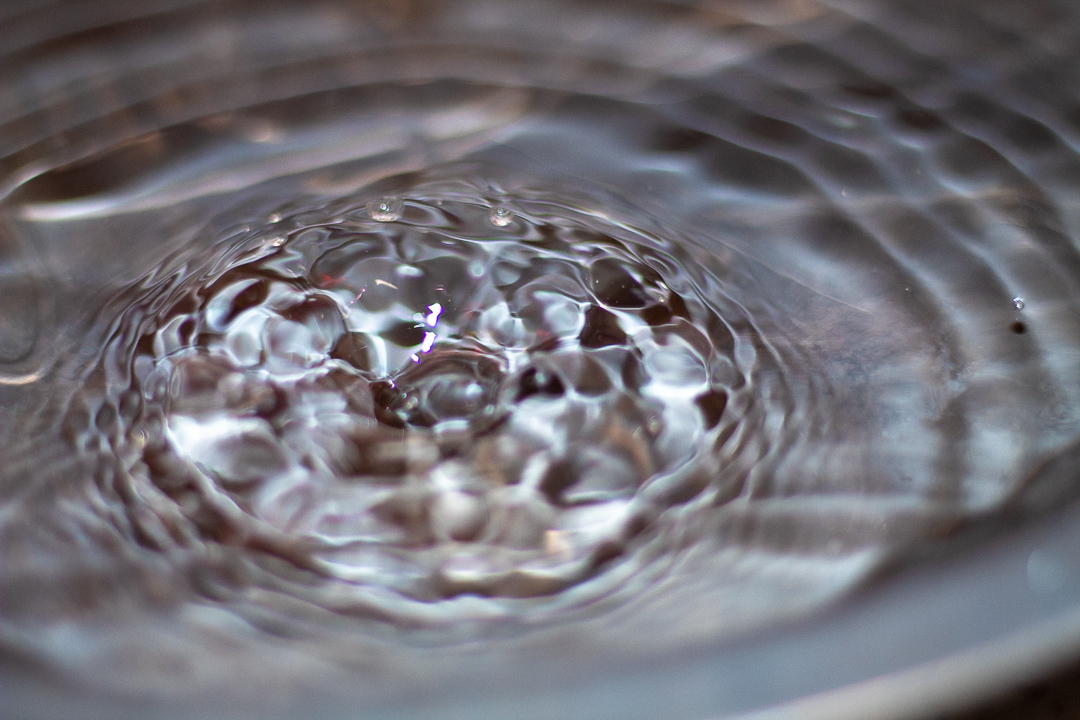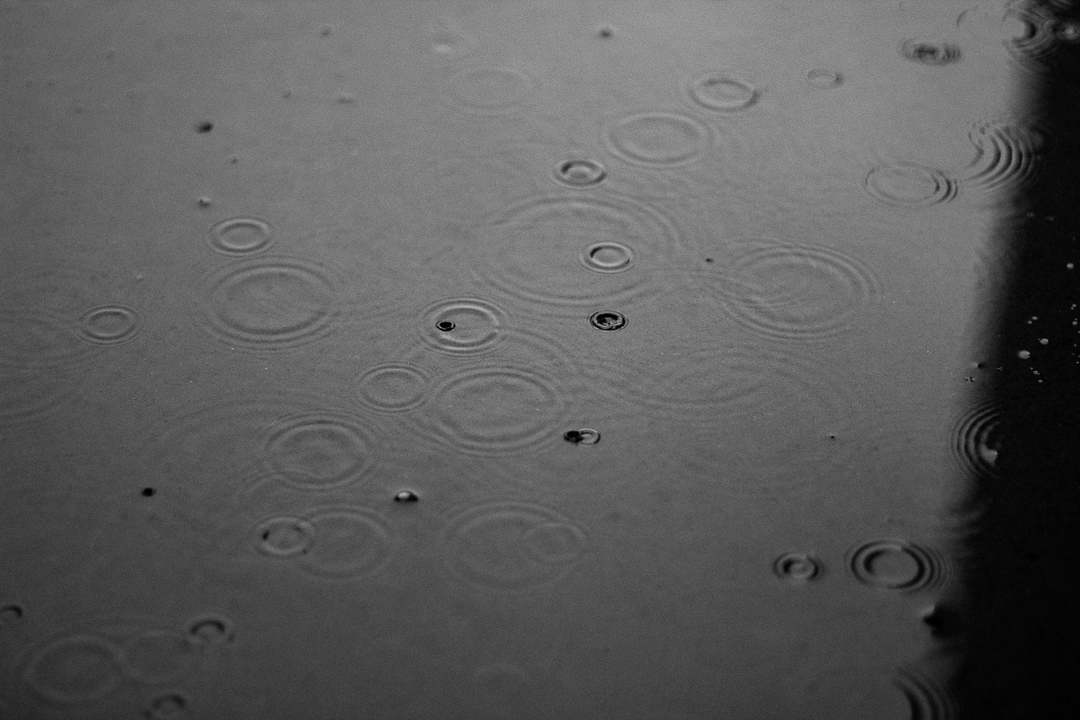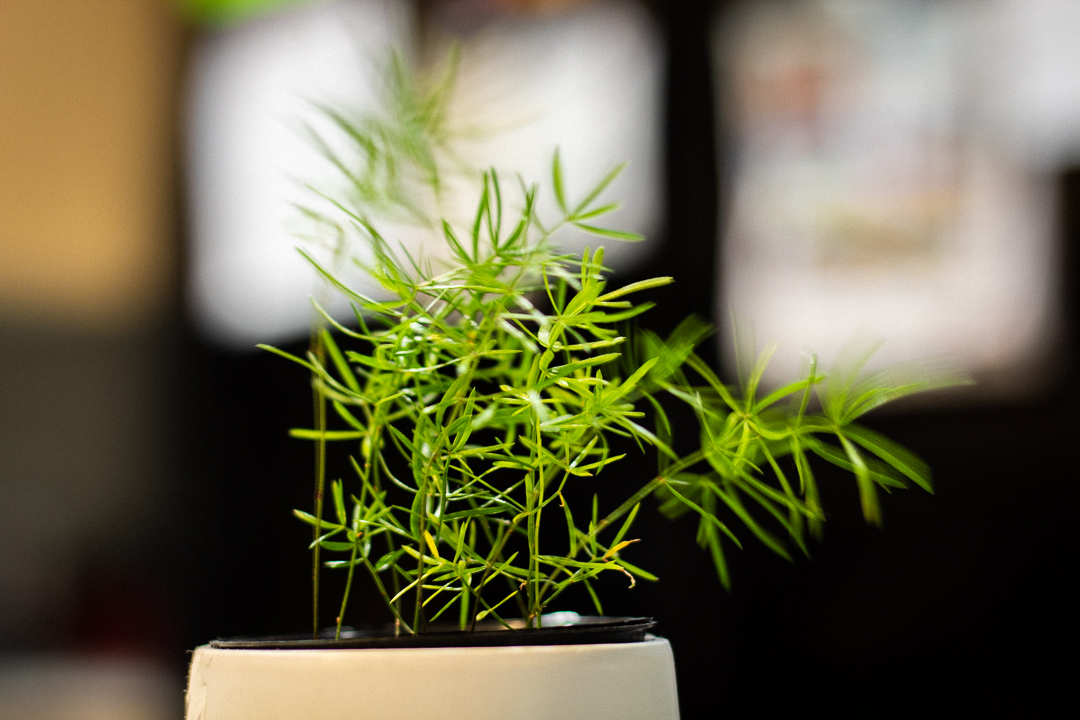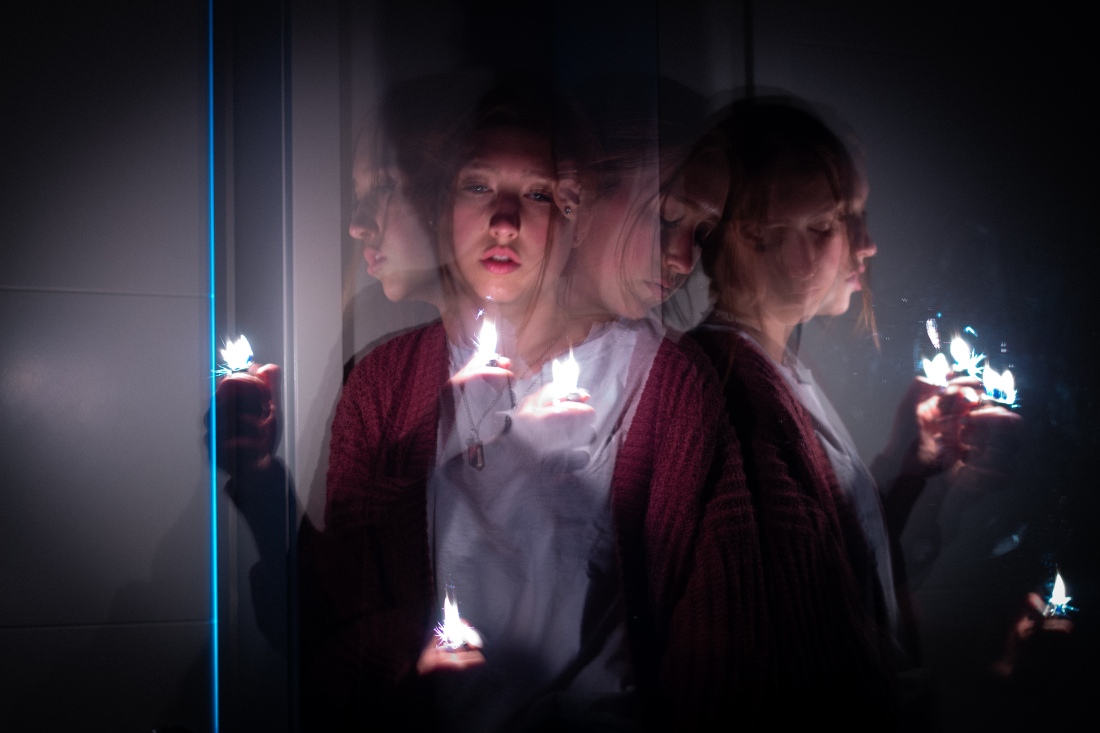This week I learned about the elements that make a photo aesthetically pleasing. There are a lot of different things that determine how appealing to the eye a photo is, including light, exposer, detail, balance, etc.
This post is focused on the use of the rule of thirds, leading lines, and depth of field.
The Rule of Thirds
India Earls Photo

All three of my professional photos are from a photographer I have followed and been obsessed with for years names India Earl. She has a very natural style that I love.
I liked her pictures even before understanding what made a photo great, but now that I know a few basic principals of photography I am seeing them repeatedly in her work.
I chose this photo because even though the people are very small in the frame they are still the focus of the shot. They are able to be more focal than the stunning background because of the rule of thirds.

The grid above shows how the man perfectly lines up with the two thirds vertical marking on the photo and is also located on the meeting point of horizontal and vertical markings, making them the focus over the beautiful New Zealand background.

As an added element this photo also uses depth of fields, using the natural layers to add variety and to keep the eye interested with new things to look at.
My Photo

I took this picture of my brother using the elements from the New Zealand picture. It is a little different in perspective because of limited space and a phone camera that doesn’t always show great detail if the subject is far away.
I love the colors of the flowers and grass, and the golden light from taking the photo right before the sun went down.

To replicate the effect of the New Zealand picture I lined the camera up so my brother was pretty close to a vertical line of thirds, and cropped the picture later in editing to get it even closer. This makes him the main focus of the photo even though the lilacs are stunning behind him.

To replicate the use of depth of field I used a setting that had the three layers of the grass, the lilacs, and the sky to create different textures and add interest.
Leading Lines
India Earls Photo

This photo is also and India Earl picture. Taken on a trail following a cliff on the Irish coast. I love all the green on the cliff and the grey blue of the sky and the sea. I chose this photo because the picture clearly points to the couple as the focal point because of the use of leading lines.

This photo originally stood out to me as an example of leading lines because of the path leading up to the couple but after I looked at it closer I also noticed even the cliff edges are leading the eye to the couple making them a strong main focus of the photo.
This photo shows how using a path can be an easy way to incorporate leading lines into a photo, creating an actual path for the eye to follow.
My Photo

Inspired by the path in the photo I when out to a small path through the woods with my brother to practice using leading lines. We took some pictures along the path but I liked this picture over the creek the best and thought it was the best example of leading lines.

So much points my intended focal point in this picture and the bridge and path lead to him as well making the eyes path even easier to follow. I wish I could have fond a higher perspective that would have shown more of the path in front of him to increase the leading lines affect but overall I’m happy with it for a first time effort to intentionally use leading lines.
Depth of Field
India Earls Photo

This final photo is again from India Earl. I love this photo because of the major differences between the different depth levels. There is so much contrast between the dark green and the grey/white background on the hiking path out to this glacier in Alaska.

The three levels in this photo are the path and the greens where the focal point is, the ice glacier, and the mountain in the far background. These layers show the depth of the photos location and keep it from appearing flat. It creates a nicer perspective and shows off the variety in the location for this shoot.
My Photo

I took this photo out behind a park where the grass begins to grow long then the tree line into the woods starts. We went to take this picture on a cloudy day to give it a softer light and it resulted in a darker overall color to the picture. I liked the way the ground dropped off into a slope right after where my brother was sitting and hoped it would add a good depth to the photo.

I blocked this picture into three main depths, including the grass, the trees, and the sky. I like the layering in the trees, but I wish I had found a way to incorporate a little more contrast into the frame and that it was a little less flat.
I like the layering of the grass in front and behind where he is sitting and the line of the yellow grass behind him.
Conclution
I loved being able to analyze the professional photos and get a better understanding of some of the basic rules of photography. I fell more comfortable being able to understand why a photo is good and being able to recreate a good photo.
I like the way my pictures turned out, but I also feel really aware of how much room for improve there is. I am excited to learn more and continue improving.




























